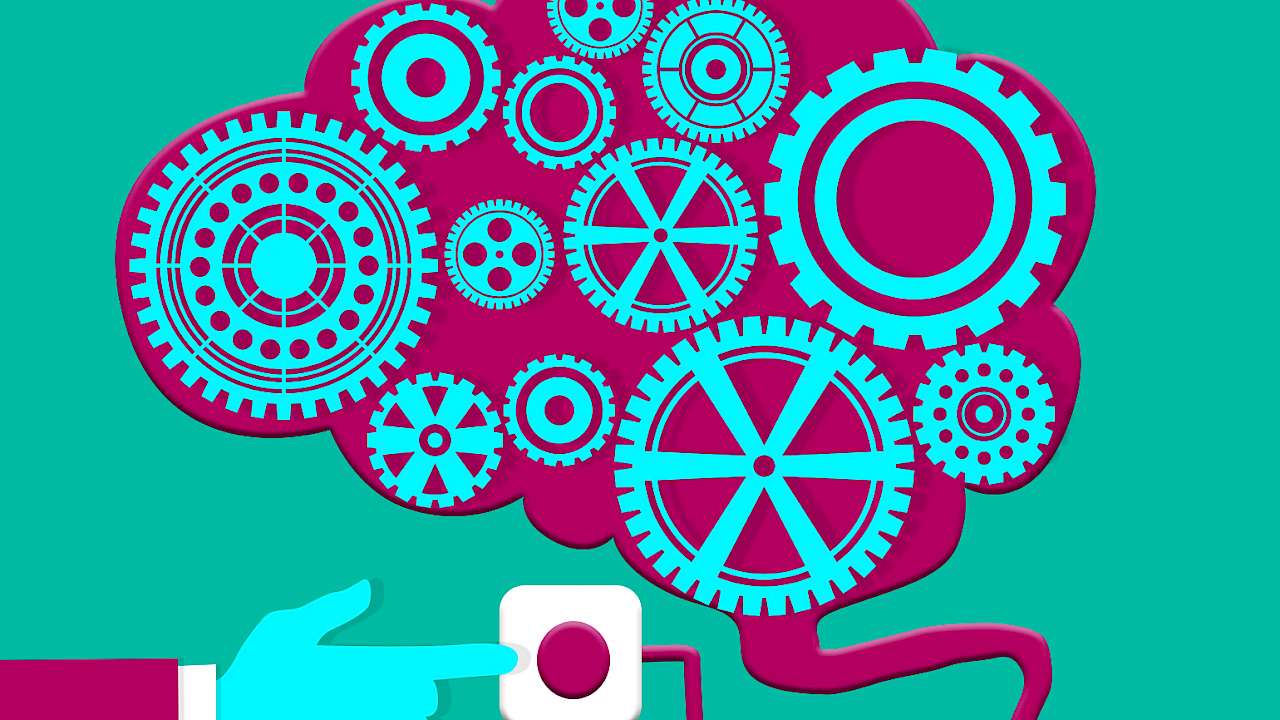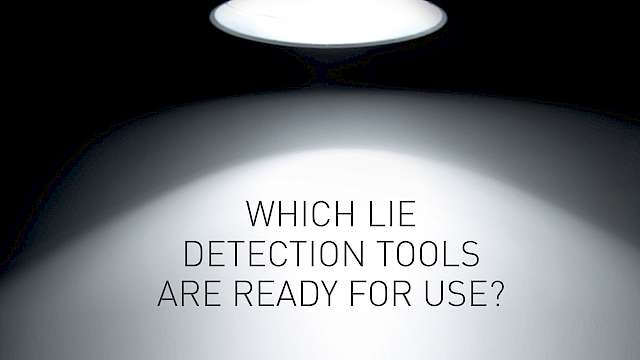Behavioural scientists have been studying how to reliably persuade others for over 70 years. In this article, we first briefly review this body of research in terms of six proven and universal principles of persuasion. Second, we provide information about a newly recognised form of persuasion technology pre-suasion, which involves what a persuader can do or say immediately before delivering a message to greatly increase its effectiveness.
Six universal principles of persuasion
The increasingly complex form and ever-accelerating pace of modern life is depriving people of sufficient time and ability to make carefully examined decisions. As a result, they must often resort to a shortcut (or heuristic) approach in which a choice is made on the basis of a single, usually reliable piece of information. Through our work, we have identified six principles of influence that operate as such shortcuts in the realm of persuasion:
- Reciprocity – People feel obligated to return favours performed for them. One memorable demonstration of this principle is the story of when CIA operatives received a ‘bonanza’ of information from an Afghani tribal elder, who had first been given a personalised gift: four Viagra pills (one for each of his wives).
- Authority – People look to experts to show them the way. When shown the opinion of a distinguished economist on an economic problem, individuals not only followed that opinion by changing their submitted solutions to the problem, they did so without evaluating other relevant evidence.
- Scarcity – People want more of what they can have less of. At one large grocery chain, brand promotions that had a purchase limit (‘Only X per customer’) or time limit (‘For today only’) more than doubled sales versus promotions without a limit.
- Liking – People want to say yes to those who they like. One route to liking someone is through finding similarities with them. Research shows that the odds of a failed negotiation are significantly lowered when the negotiators learn of similarities, like hobbies, that they share.
- Consistency – People want to act consistently with what they have publicly said or done. Having individuals sign an honesty pledge at the top (versus the bottom) of an insurance form led to significantly less lying on the form.
- Social proof – People look to others’ behaviour to guide their own. UK tax officials collected hundreds of millions of additional pounds by including a message on tax recovery letters stating that most people do pay their taxes on time.
The psychology of pre-suasion
Researchers have learned a lot over the years about which elements to build into a message to achieve the greatest impact. However, there is a crucial component of the process in addition to the content, which has often been overlooked. Effective persuasion is also achieved through effective pre-suasion: the practise of arranging for people to agree with a message before they experience it.
On the face of it, pre-suasion seems illogical. After all, how can we arrange for people to agree with a message before they know what’s in it?
However, it’s established science. It works by first putting the audience in a frame of mind that fits with the forthcoming message, thereby intensifying the impact of the message when encountered.
Let’s take as examples some frames of mind that readers might want to instil in others before sending a persuasive message.
Helpfulness
In one study, when researchers approached individuals and asked for help (on a survey task for which they would not be paid), only 29% agreed to participate. But, when the researchers approached the second sample of individuals and preceded that request with a simple, pre-suasive question to which most agreed, ‘Do you consider yourself a helpful person?’, 77.3% subsequently volunteered for the task. Why? For the second sample, volunteering fit with a recently installed helpfulness mindset.
Trust
Gaining another’s trust normally requires much time and effort. However, it is possible to acquire rapid trust by employing a clever pre-suasive strategy. For example, when presenting a proposal, it is better not to succumb to the tendency to describe all of the most favourable features up front while leaving mentions of the drawbacks until the end of the presentation (or never). This is because a communicator who references a weakness early-on is immediately seen as more honest. The advantage of this sequence is that, with perceived trustworthiness already in place, when the major strengths of the case are advanced, the audience is more likely to believe them.
Elizabeth I of England employed this approach to optimise the impact of one of the most celebrated speeches of her reign. At Tilbury in 1588, while addressing her troops massed against an expected sea invasion from Spain, she dispelled the soldiers’ concern that, as a woman, she wasn’t up to the rigours of battle: ‘I know I have the body of a weak and feeble woman. But, I have the heart of a king; and a king of England too!’ So long and loud were the cheers after this pronouncement that officers had to ride among the men ordering them to restrain themselves so the Queen could continue.
Cooperation
Suppose that you want to get a co-worker’s support for a new plan you have developed. Ask your colleague for advice concerning your idea, not for opinions or expectations regarding it. It turns out that evaluators who are asked to provide advice (versus opinions or expectations) on a plan are put in a cooperative state of mind before they even experience the plan, which makes them more favourable to it when they then do encounter it. There’s an old saying, ‘When we ask for advice, we are usually looking for an accomplice.’ We’d only add on the basis of scientific evidence that, if we get that advice, we usually get that accomplice.
Reputableness
During the 1970s, Henry Kissinger was considered America's greatest international negotiator. When asked who he considered the best negotiator he had encountered, Kissinger nominated Egypt’s then-president Anwar Sadat because of a pre-suasive tactic Sadat regularly employed to get more from a negotiation than was warranted by his political or military position at the time.
Before beginning negotiations, Sadat would assign an admirable trait to the opposing side (perhaps Israelis’ ‘well-known’ tradition of fairness or sympathy for the underdog or support for those in need) that fitted with what he wanted. In other words, Kissinger said, ‘Sadat first gave his opponents a reputation to live up to’ – something they then did remarkably often.
Conclusion
Given that effective influence is optimised by both pre-suasion and persuasion, our recommended approach is for practitioners to adopt a ‘one-two’ strategy for maximum impact:
- Identify the pre-suasive mindset you would like an influence target to be in before receiving your related message
- Then boost the persuasiveness of your request by incorporating into it one or more of the six universal principles honestly available to you in the situation.
In sum, we are confident that, by employing scientific evidence regarding what one should put into the moment before a message and on what one should put into the message itself, communicators will experience a notable increase in success.
Read more
- Robert Cialdini. 2007. Influence: the psychology of persuasion Revised Ed. New York, NY: Harper Collins.
- Robert Cialdini. 2016. Pre-Suasion. New York: NY, Simon & Schuster.
- Jan B. Engelmann, C. Monica Capra, Charles Noussair, & Gregory S. Berns. 2009. Expert financial advice neurobiologically “offloads” financial decision-making under risk. PLoS ONE, 43. Available at: https://goo.gl/L6g7NA
- Wendy Lui, and David Gal. 2011. Bringing us together or driving us apart: The effect of soliciting consumer input on consumers’ propensity to transact with an organisation. Journal of Consumer Research, 382, 242-259. Available at: https://goo.gl/VTuZmb
- Steve Martin. 2012. 98% of HBR readers love this article. Harvard Business Review, 90, 23-5. Available at: https://goo.gl/u8P8ft
- Lisa L. Shu, Nina Mazar, Francesca Gino, Dan Ariely, & Max H. Bazerman. 2012. Signing at the beginning makes ethics salient and decreases dishonest self-reports in comparison to signing at the end. PNAS, 10938, 15197-15200. Available at: https://goo.gl/LFnp9T
Copyright Information
As part of CREST’s commitment to open access research this report is available under a Creative Commons BY-NC-SA 4.0 licence.
For more details on how you can use our content see our copyright page.







